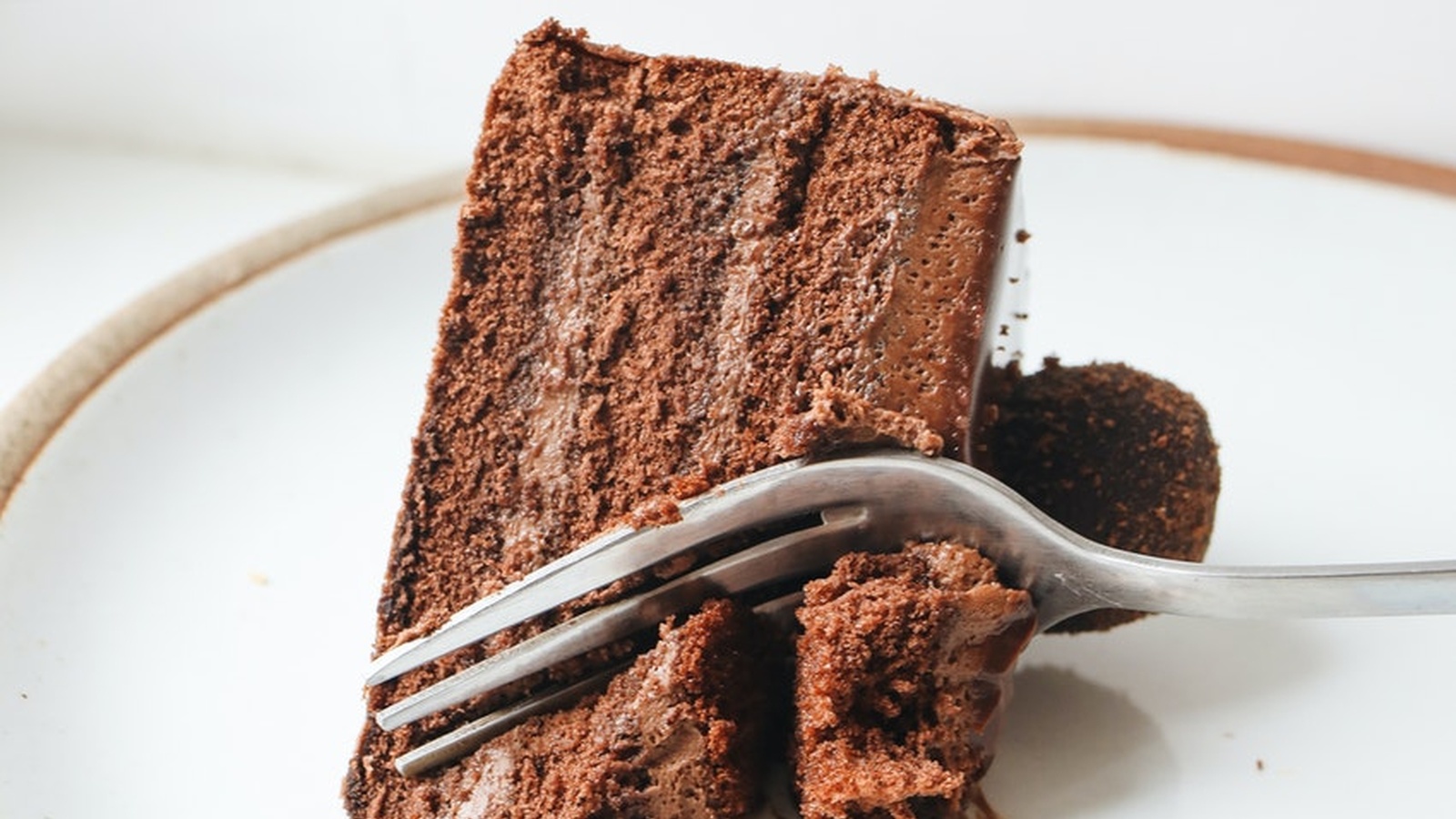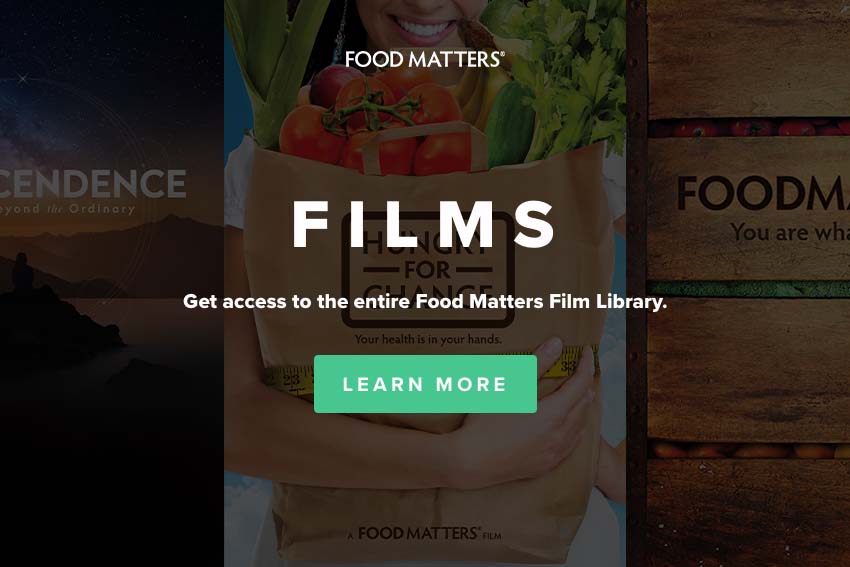What These 7 Food Cravings Say About Your Health
We’ve all had a hankering for a specific food before. But before you just simply give into temptation and eat that chocolate, first use it as a tool to better understand your body. Food cravings are often a sign from our body telling us that it needs a certain nutrient. Cravings can also be linked to blood sugar and hormone imbalances, but not always, and sometimes those are also connected to certain nutrient deficiencies.
Our bodies are incredibly intuitive and they know when something is wrong. We also crave the foods we are sensitive to, such as gluten or dairy, because our body gets a kind of “high” from eating those foods. At first, it’s bliss, but then you experience a host of negative side effects, including inflammation, digestive distress, acne, and skin rashes on top of more cravings, creating a vicious circle!
But if your food craving isn’t related to a sensitivity, then you could be deficient in something. One of the most common ways to deplete nutrients is stress. Chronic stress depletes essential nutrients like zinc, magnesium, B vitamins, vitamin C, and vitamin E. Secondly, if your digestive process isn’t working properly because of reduced stomach acid or digestive enzyme secretion, then you won’t be able to absorb the nutrients from your food. This can eventually lead to something called leaky gut, which is where the gut lining is compromised and has cracks in it. When this occurs, our food seeps into the bloodstream where it doesn’t belong and can’t be absorbed properly, creating systemic inflammation and nutrient deficiencies.
Lastly, if you have pathogenic infections like parasites or candida (a type of fungal yeast), then you are also at risk of depleted nutrients like zinc, copper, and iron. These freeloaders steal your nutrients for themselves so if you’re eating enough food, but still missing essential vitamins and minerals, you might need to rule out parasitic infections.
So what are some common food cravings, and what do they mean?
1. Chocolate
Chocolate is a common food craving that indicates a possible magnesium deficiency. Usually, ladies crave chocolate around their menstrual cycle time, and that’s because magnesium is depleted from the body. Magnesium is nature’s muscle relaxer, and so when this mineral gets low, we get irritable, crampy, and have trouble sleeping. You could snack on some dark chocolate to curb the craving, but better options are raw sprouted almonds and pumpkin seeds, beans, and spinach.
2. Ice Cubes
Ice cube cravings may seem strange, but if you find yourself chewing on them frequently, then you might be dealing with low iron or potential anemia. There’s a name for this, and it’s called pagophagia. Good foods to focus on are organic grass-fed red meat, poultry and fish, seaweed, dark leafy greens, and black cherries to restore iron levels.
3. Cool Drinks
Cool drinks are another frequent food craving. If you just have a hankering for cool drinks, but not ice cubes, then you are likely low in manganese, a mineral used by our pituitary gland in our brains that’s important for hormone function! Eat food like walnuts, almonds, pecans, pineapple, and blueberries to bring up your manganese levels naturally.
4. Bread
Bread or toast cravings indicate a need for nitrogen, which is found in high protein foods like wild-caught fish, grass-fed and pastured meat, and organic sprouted nuts and beans.
5. Salty Foods
Salty food cravings could mean you are in need of chloride, an essential mineral that is part of the electrolyte family. If you are craving salty foods, try adding a pinch of unrefined sea salt or Himalayan sea salt to your water and incorporate foods like raw goat milk and wild-caught fish into your diet to help up your chloride intake, especially if you sweat a lot.
6. Sweet Foods
Sweet cravings like candy could mean you have a candida overgrowth, but could also signal deficiencies in chromium, carbon, phosphorus, sulfur, and tryptophan. Focus on high-quality organic animal proteins, cranberries, cruciferous veggies, liver, spinach, and sweet potatoes to help with those nutrient deficiencies!
7. Fatty Foods & Carbonated Drinks
Fatty foods, soda, or carbonated beverage cravings could mean that your calcium is low. Carbonation contains phosphoric acid, which depletes both calcium and magnesium from your bones and therefore negatively affects bone health. To restore calcium levels, eat things like mustard and turnip greens, broccoli, kale, legumes, cheese, and sesame alongside vitamin D-rich foods like fish and eggs to optimize absorption.
One thing that is important to keep in mind is that we can also crave foods based on social, cultural, and psychological factors. While you can use your food cravings to play nutritional detective, you also want to step back and ask yourself “why” you are craving something. Is it a sign from your subconscious that you are lacking a specific nutrient, or have you been influenced in some way to spur a craving?
The best way to achieve optimum health is always in balance! Sometimes we have to eliminate certain foods while we heal, but in general, addressing underlying infections and eating a diverse diet rich in colorful veggies, organic proteins, and complex carbohydrates as well as practicing mindfulness and stress management techniques can help reduce nutrient gaps long-term.










